Amjad Khan v. The State (1952 AIR 165)
SECONDARY_KEYWORDS: Katni riot, reasonable apprehension, self-defence, Supreme Court 1952

Quick Summary
This case asks a direct question: Was Amjad Khan guilty of murder, or was he protected by the right of private defence? The Supreme Court said the facts created a real and pressing danger. The mob was violent; there was no time to get help. Under Section 102 IPC, the right of private defence had started. In these conditions, his use of the gun, though deadly, was covered by law.
Issues
- Whether the appellant is liable for murder, or whether he acted within his right of private defence under Section 102 IPC.
Rules
- Section 102 IPC (Commencement of right of private defence): The right begins as soon as there is a reasonable apprehension of danger to the body from an attempt or threat, even if the offence is not completed.
- Extent of right: If there is a reasonable fear of death or grievous hurt and no time to seek protection, the right may extend to causing death.
Key exam point: Focus on timing (when fear arises) and necessity (no time to get help).
Facts (Timeline)

Arguments
Appellant (Amjad Khan)
- The mob was violent, breaking doors and looting; danger was immediate.
- There was no time to call authorities; family members were inside.
- Reasonable fear of death or grievous hurt justified defensive shooting.
Respondent (State)
- Use of a firearm causing death is excessive and amounts to murder.
- Alternative means should have been used; force was disproportionate.
Judgment

Held: The Supreme Court accepted the plea of private defence. Given the mob’s violence, the presence of family inside, and the lack of time to seek help, there were reasonable grounds to fear death or grievous hurt. Therefore, the defensive act—even though it caused death—fell within the protection of law.
Ratio Decidendi
The right of private defence under Section 102 IPC begins with a reasonable apprehension of danger, not only when the offence is completed. If the threat is grave and urgent, and there is no time to get official protection, the right may extend to causing death.
Why It Matters
- Clarifies the timing of when private defence starts (on apprehension).
- Explains when private defence can lawfully extend to causing death.
- Guides courts in riot-like, fast-moving danger situations.
Key Takeaways
- Section 102 IPC starts on reasonable fear of harm—before injury occurs.
- No time to seek help + fear of death/grievous hurt → defence may extend to causing death.
- Proportionality is viewed in the moment of danger, not with calm hindsight.
Mnemonic + 3-Step Hook
Mnemonic: “Fear Starts the Shield.”
- Fear: Reasonable apprehension triggers Section 102.
- Starts: Defence begins before the blow lands.
- Shield: If danger is deadly and urgent, defence can go up to causing death.
IRAC Outline
Issue: Murder liability or private defence under Section 102 IPC?
Rule: Right begins with reasonable apprehension of danger; can extend to causing death in grave, urgent threats with no time to seek help.
Application: Mob breaking doors and looting; family inside; immediate danger; no time for authorities → reasonable apprehension present.
Conclusion: Act covered by private defence; not murder.
Glossary
- Reasonable Apprehension
- A practical, sensible fear of harm that a person in those circumstances would feel.
- Grievous Hurt
- Serious bodily injury defined under IPC, higher than simple hurt.
- Proportionality
- Defensive force should match the threat as seen in the moment.
FAQs
Related Cases
Private Defence — Doctrinal Guide
When does the right start? How far can it go? Quick rules and limits.
Section 96–106 IPC Exam NotesUse of Deadly Force Cases
How courts judge proportionality under immediate and grave threats.
Criminal Law ProportionalityShare
Related Post
Tags
Archive
Popular & Recent Post






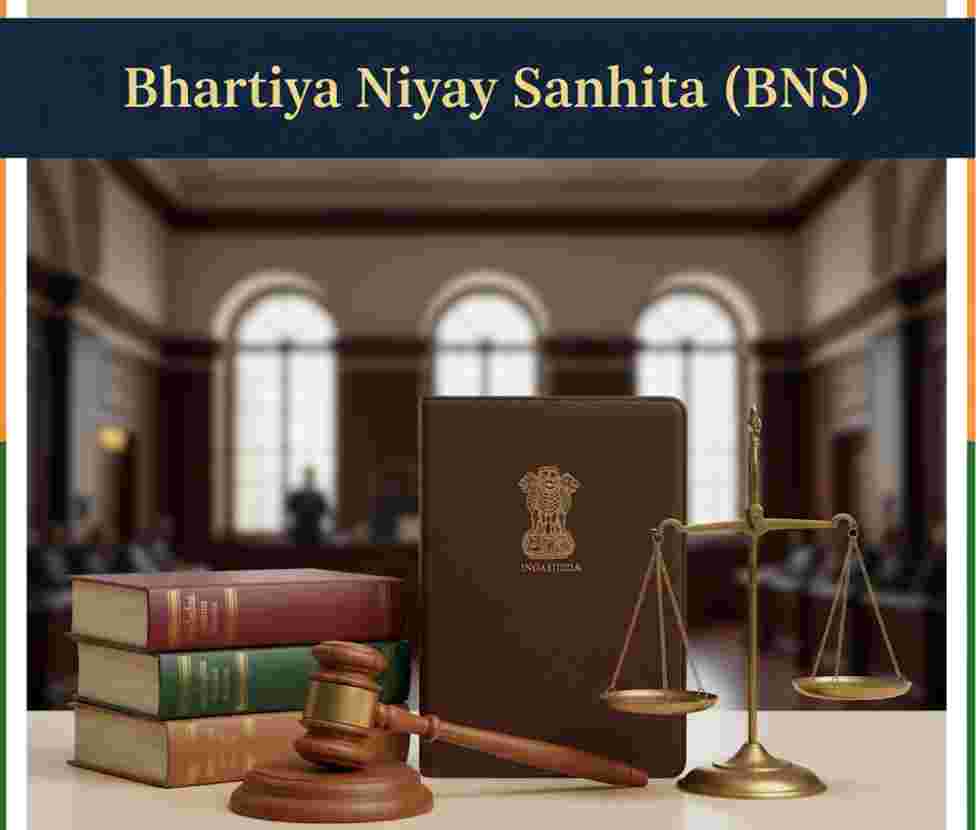

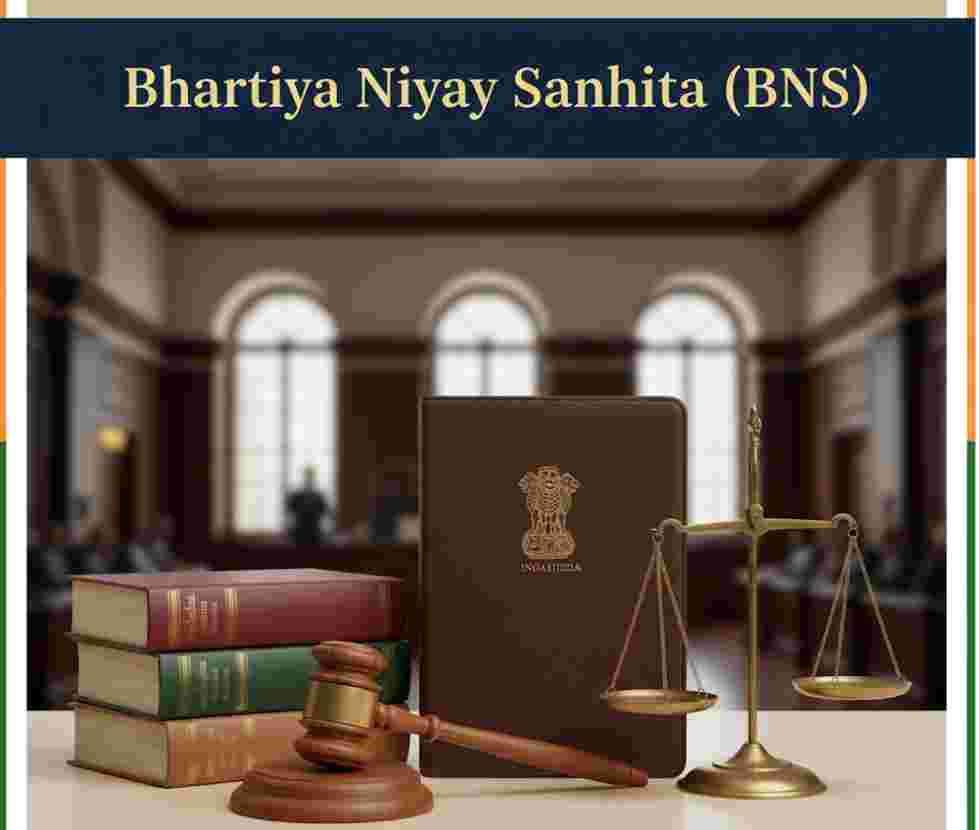
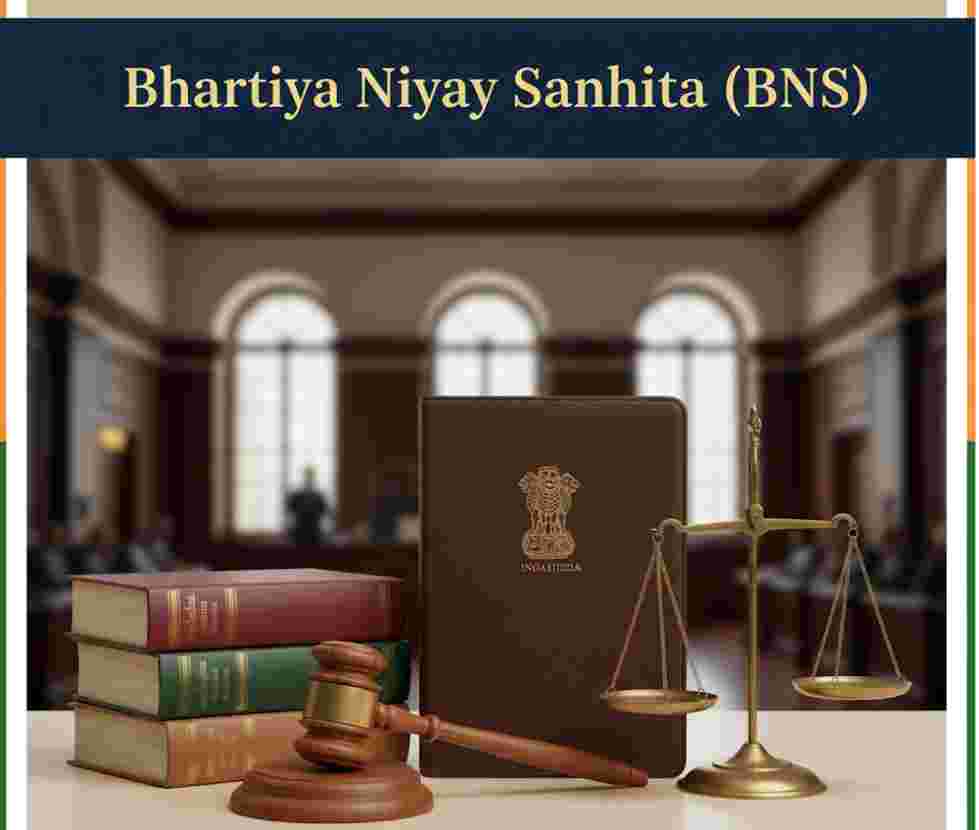
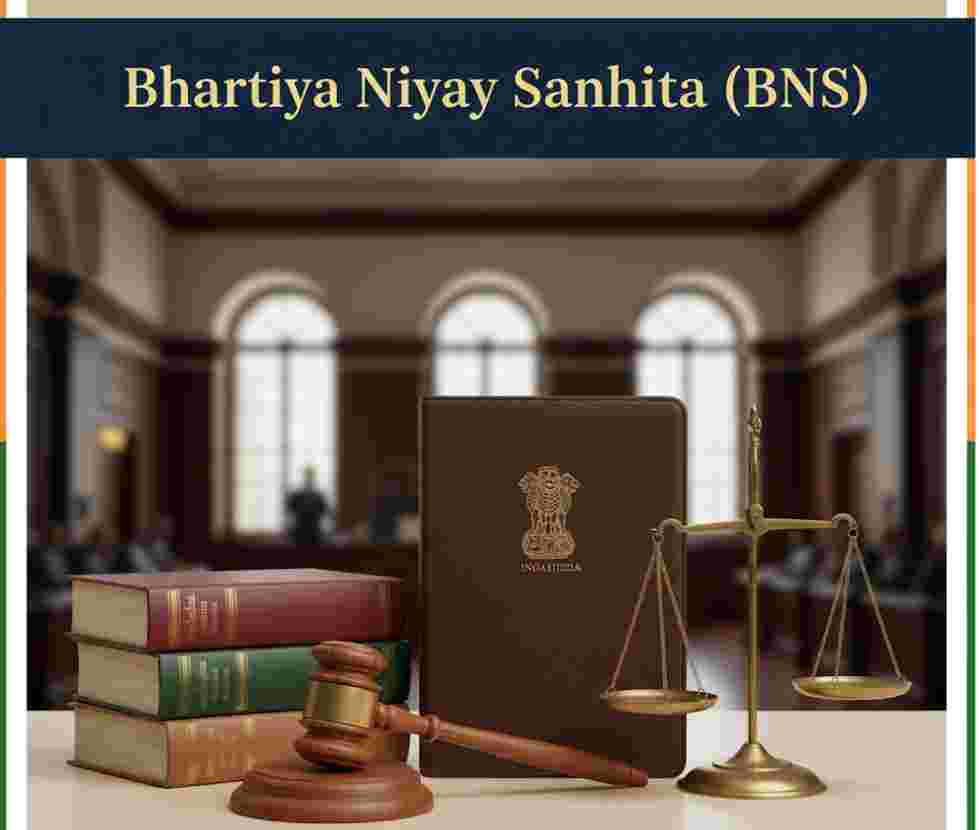
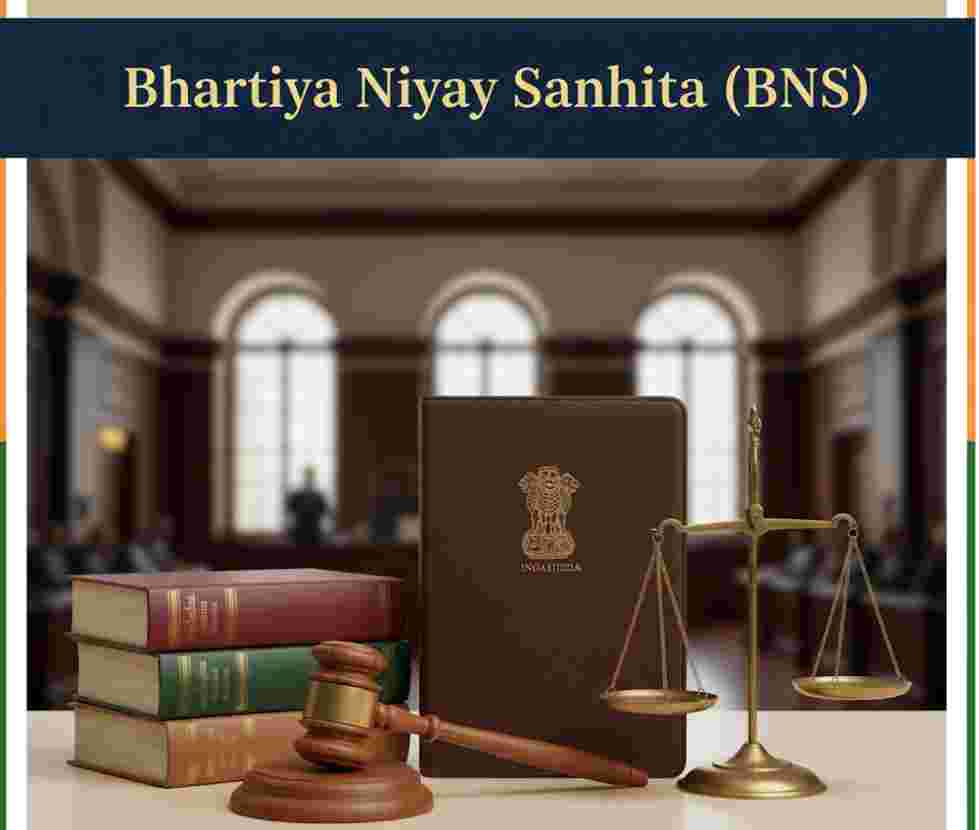
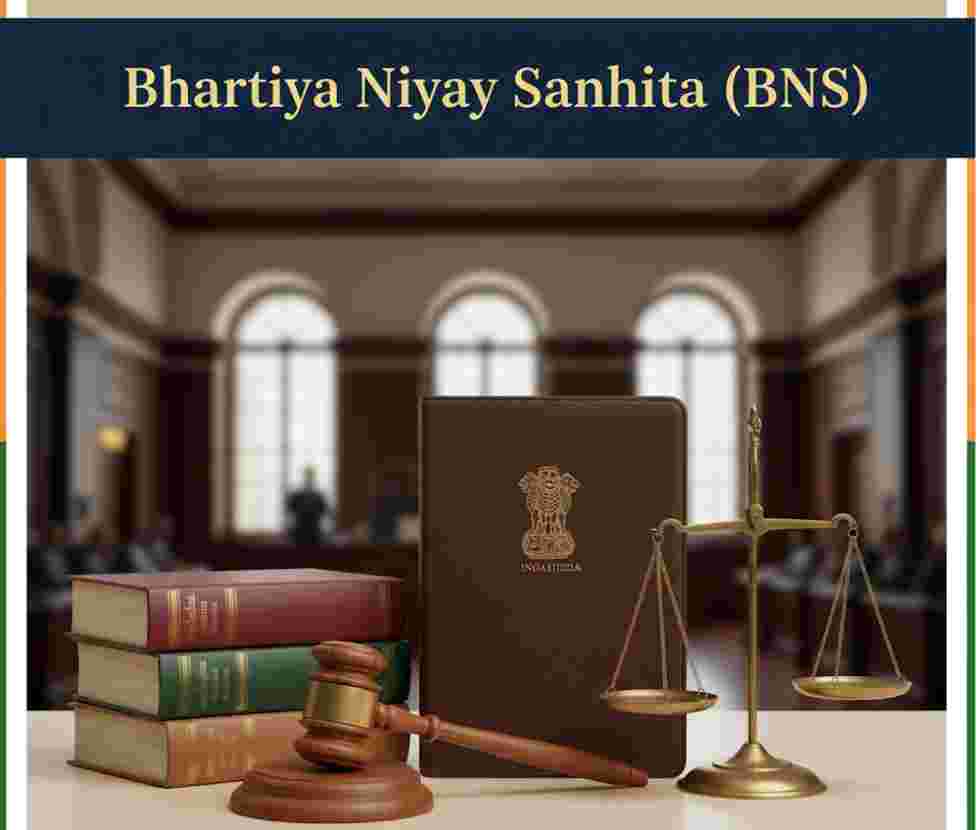

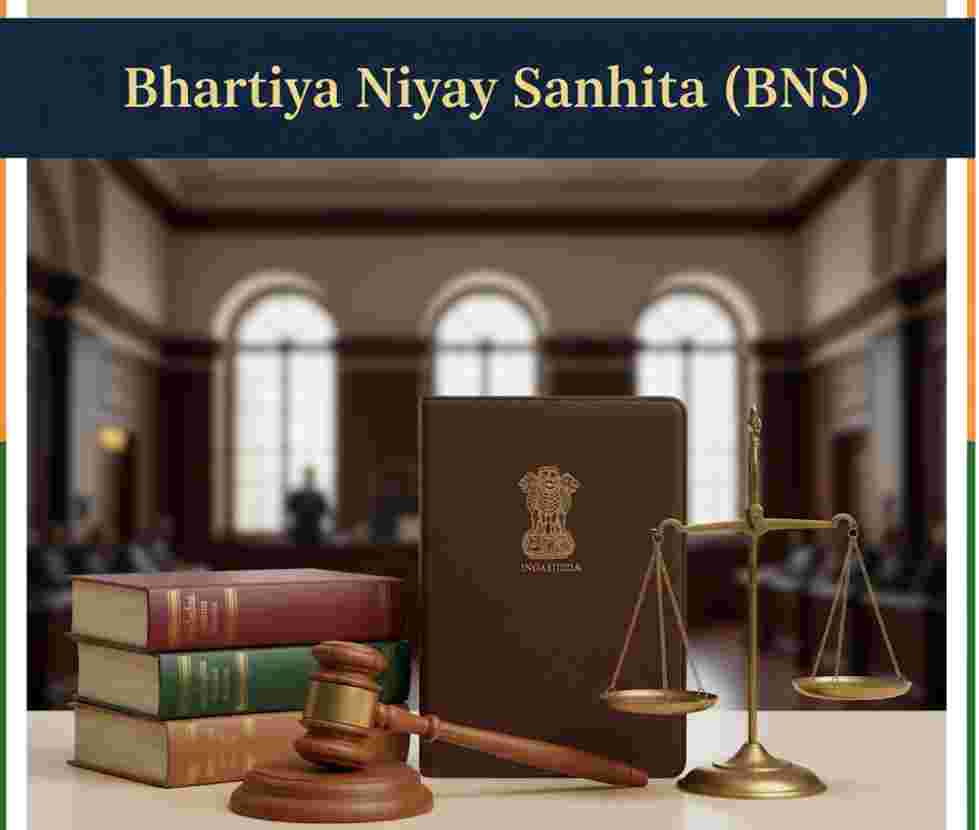

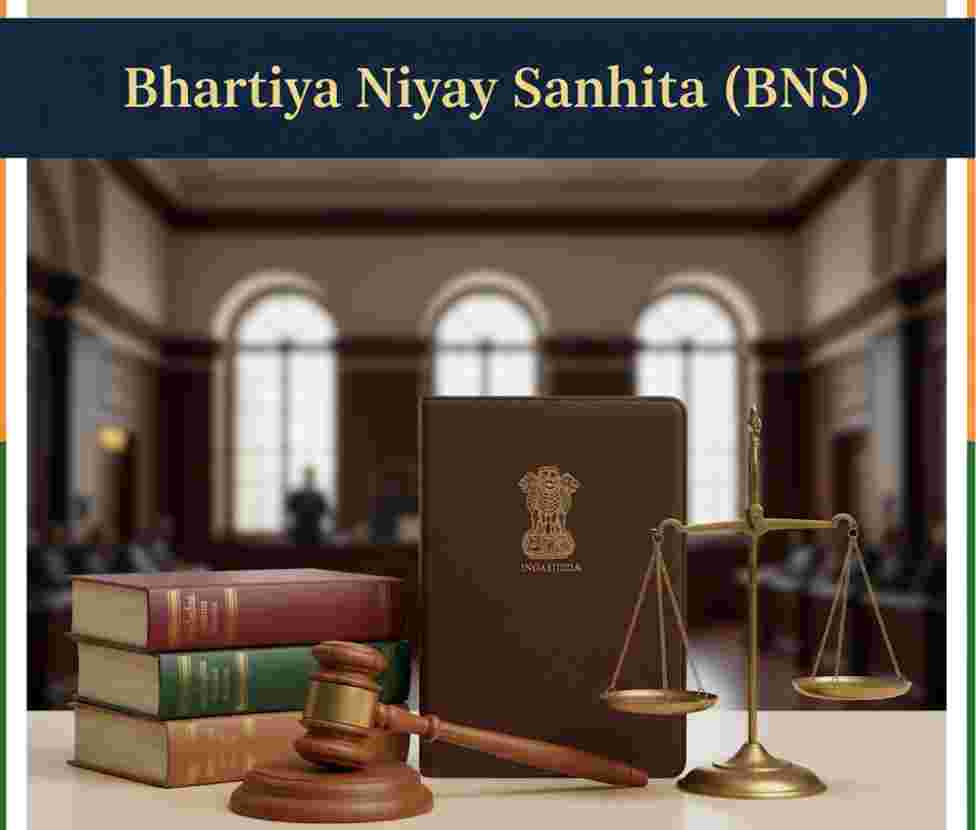
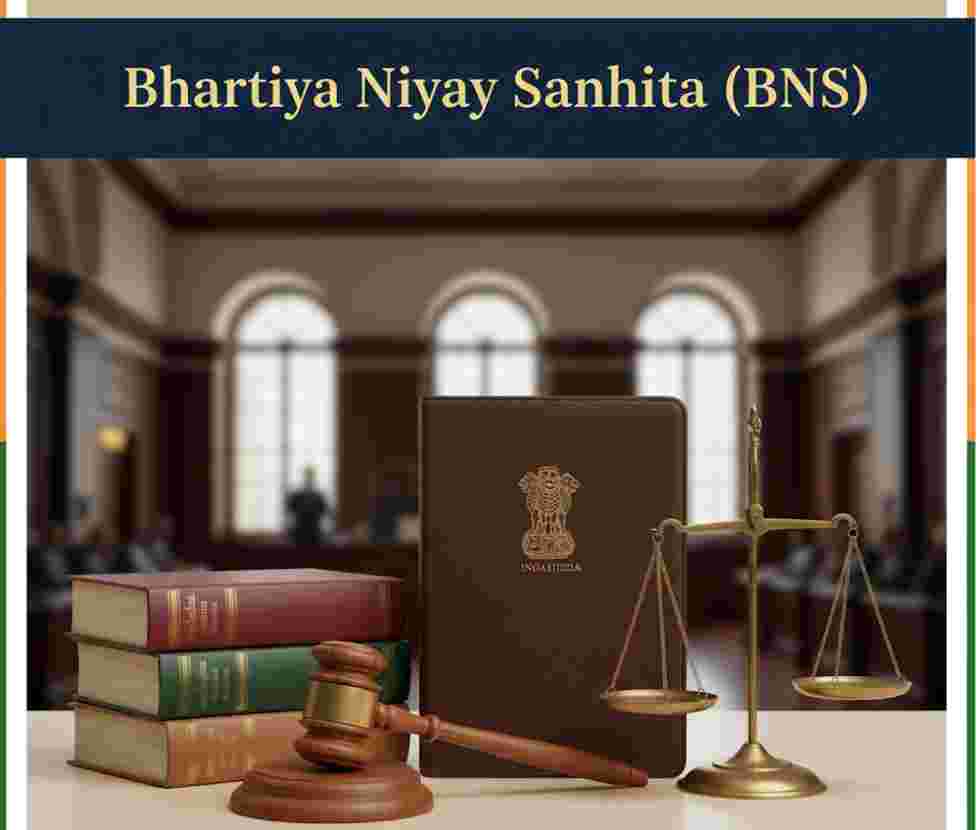
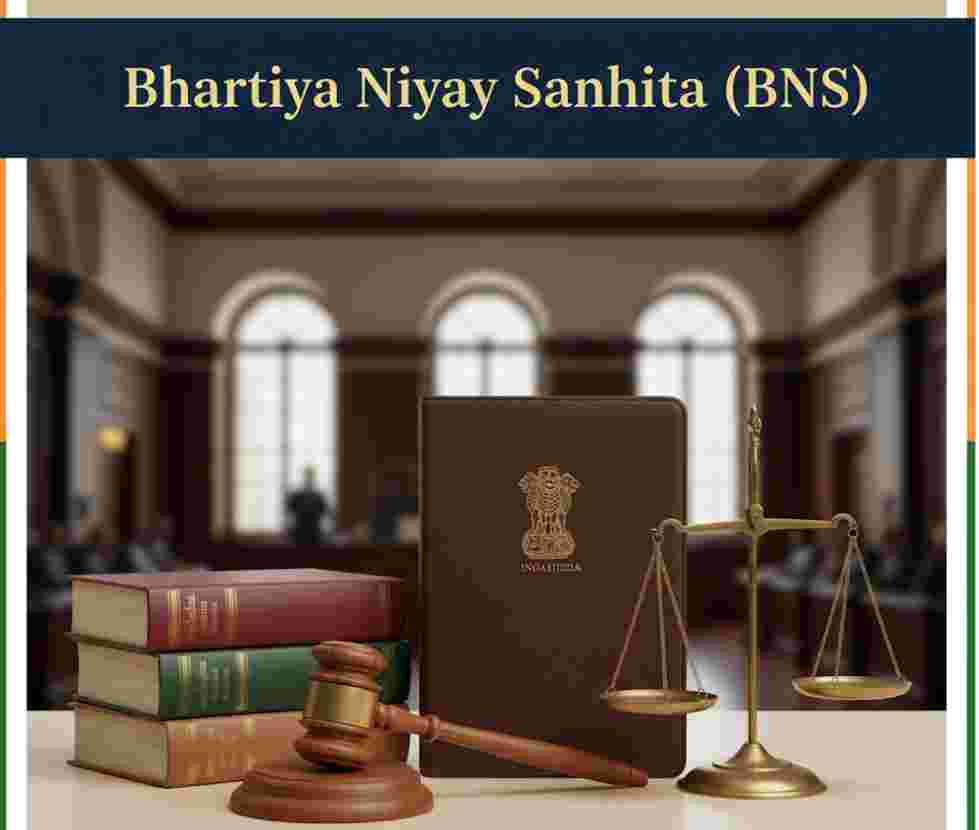
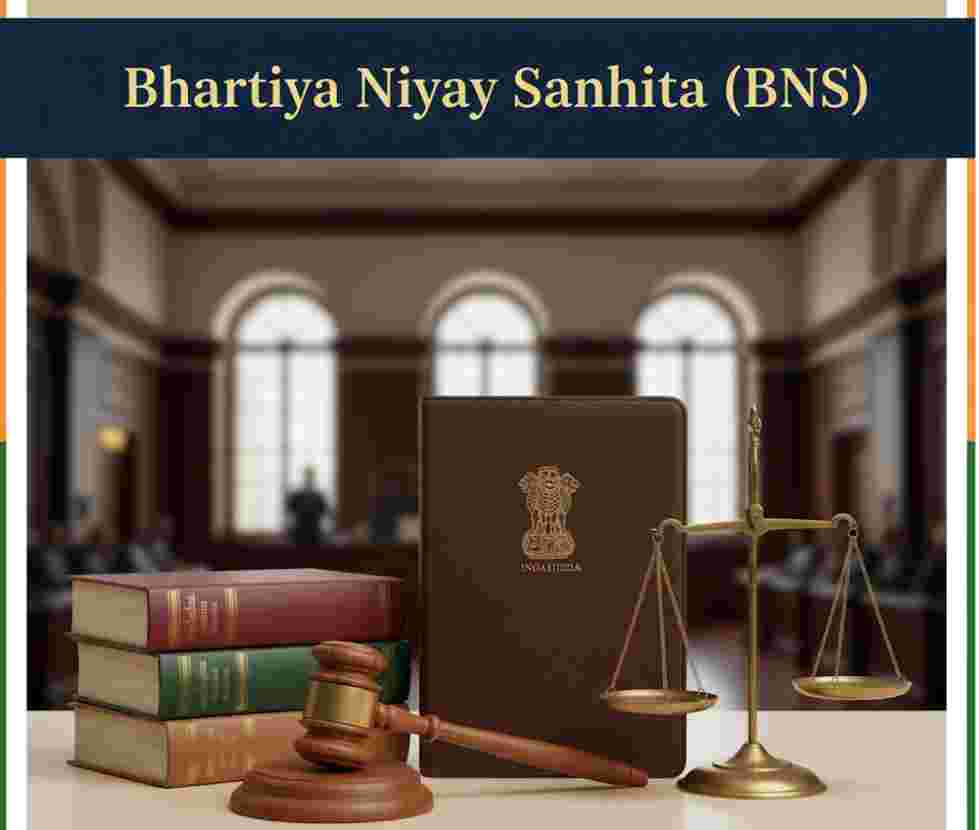
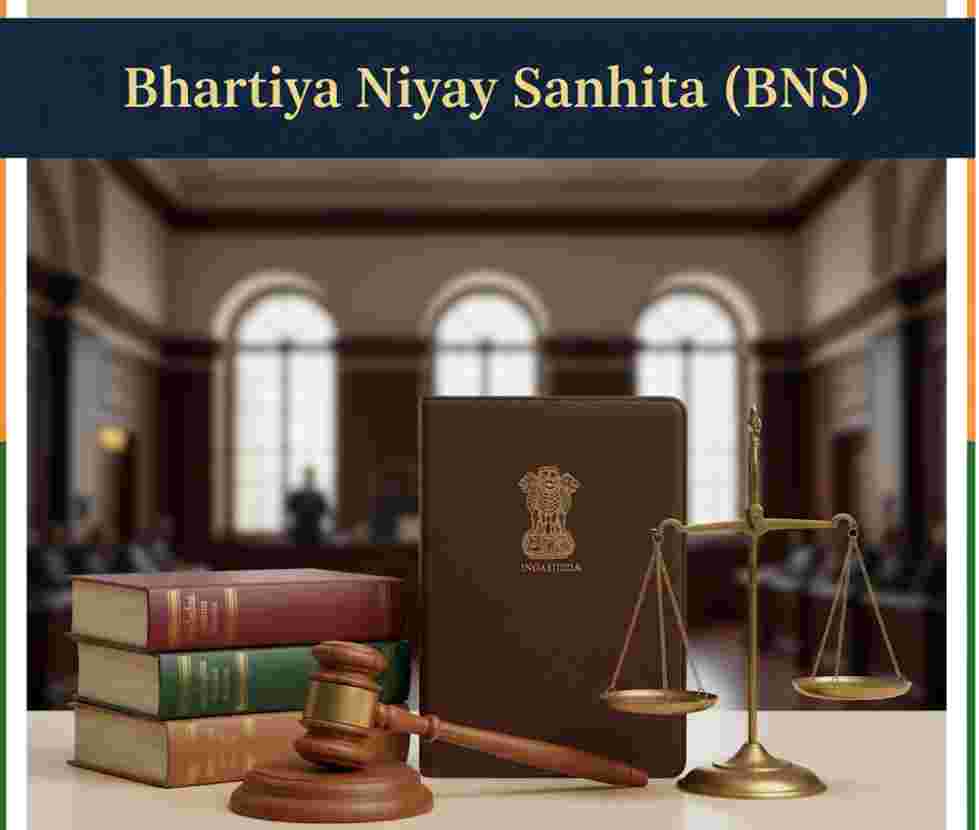
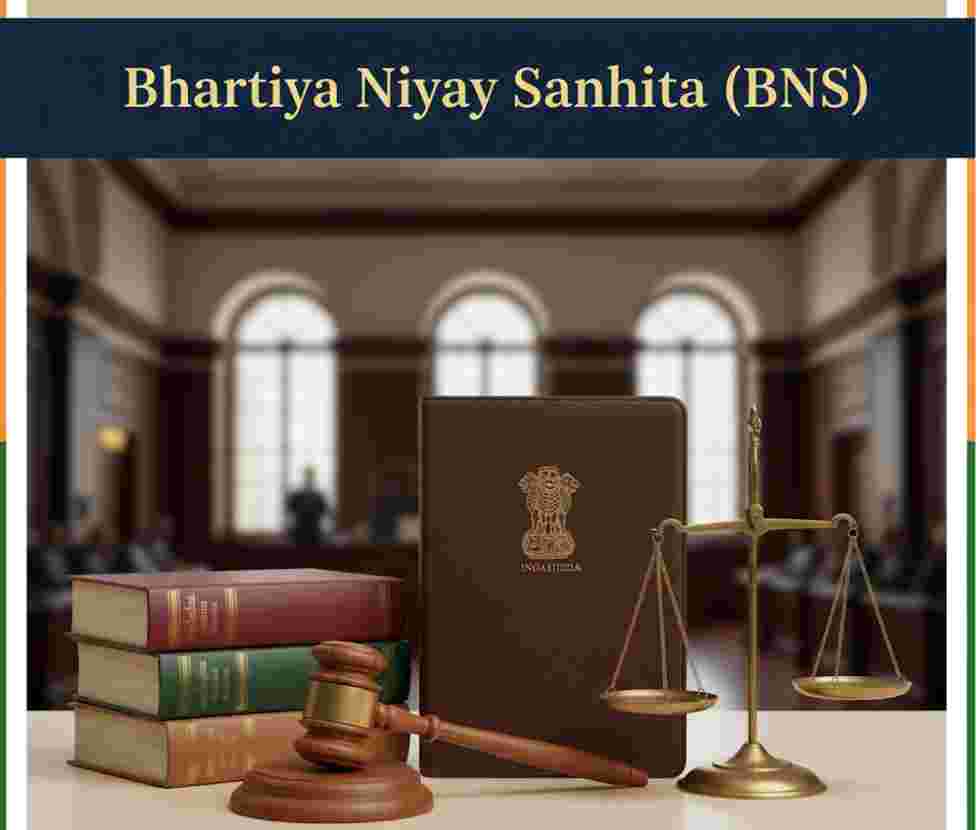
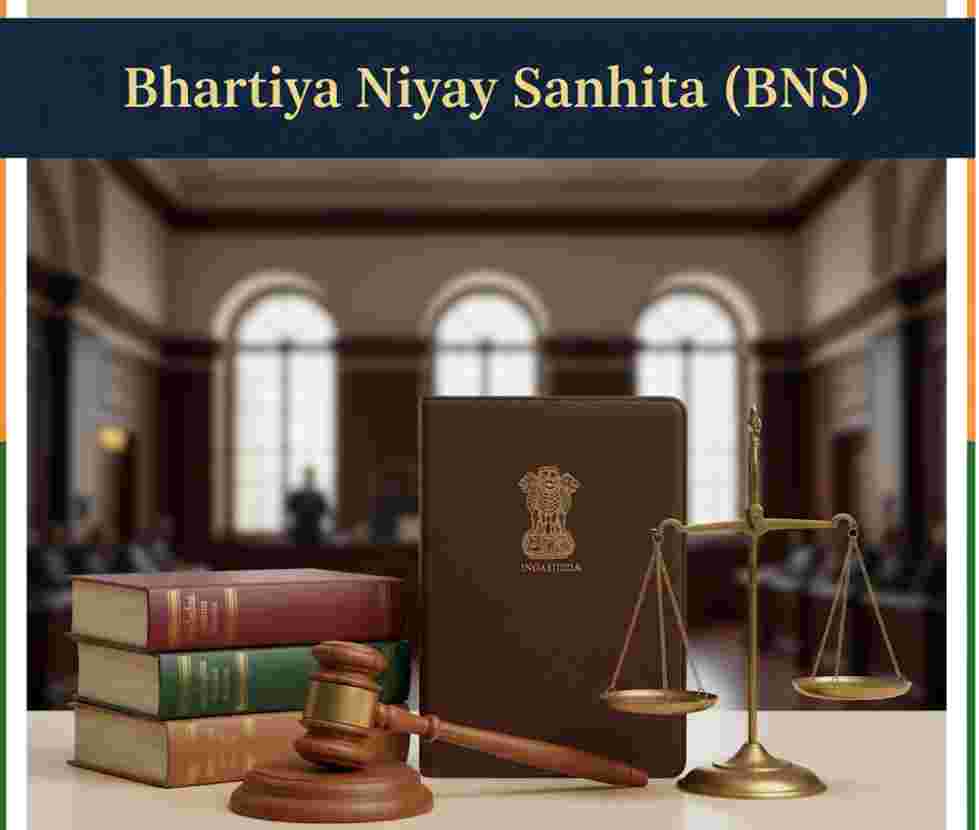
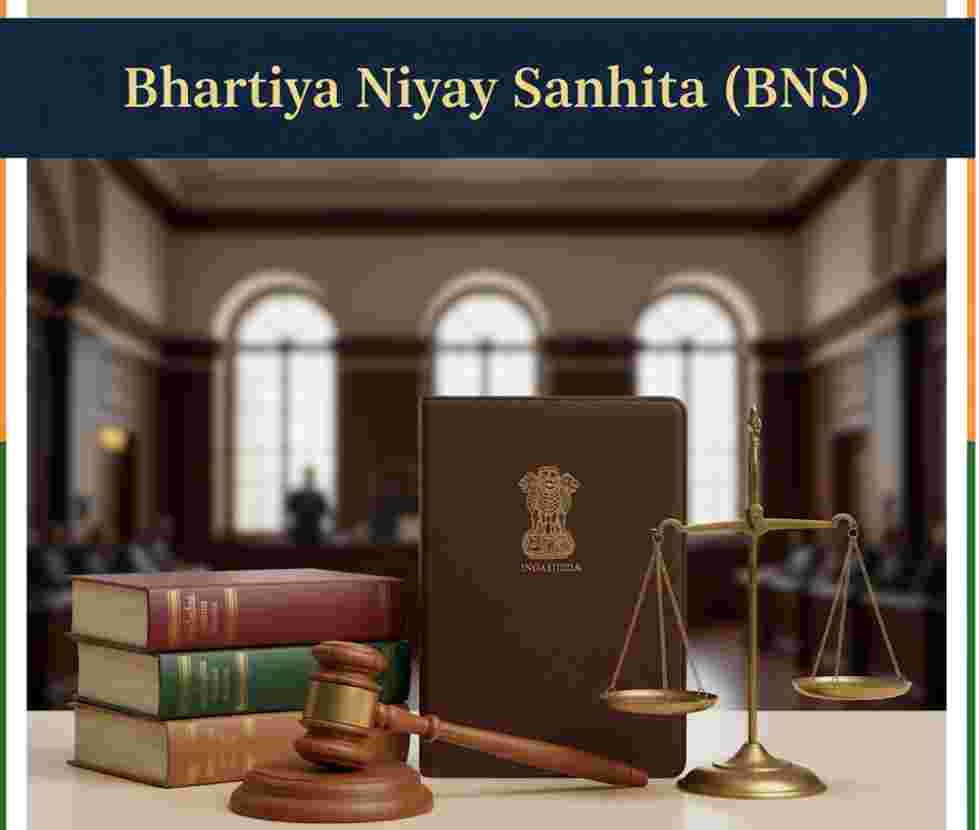

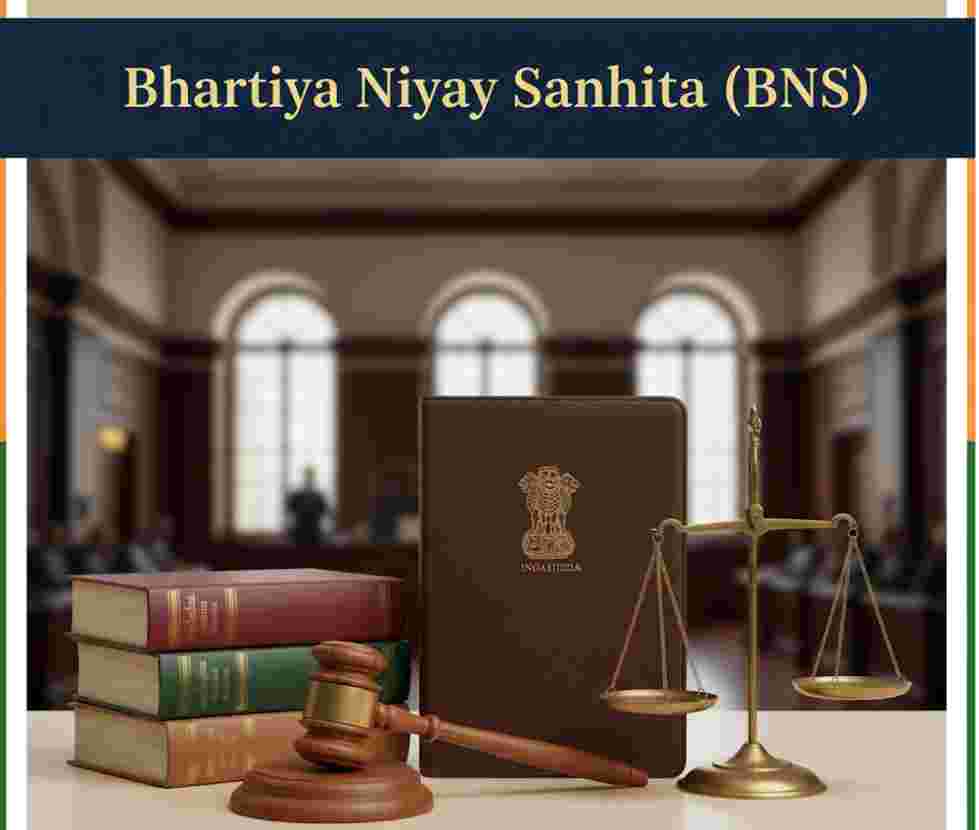
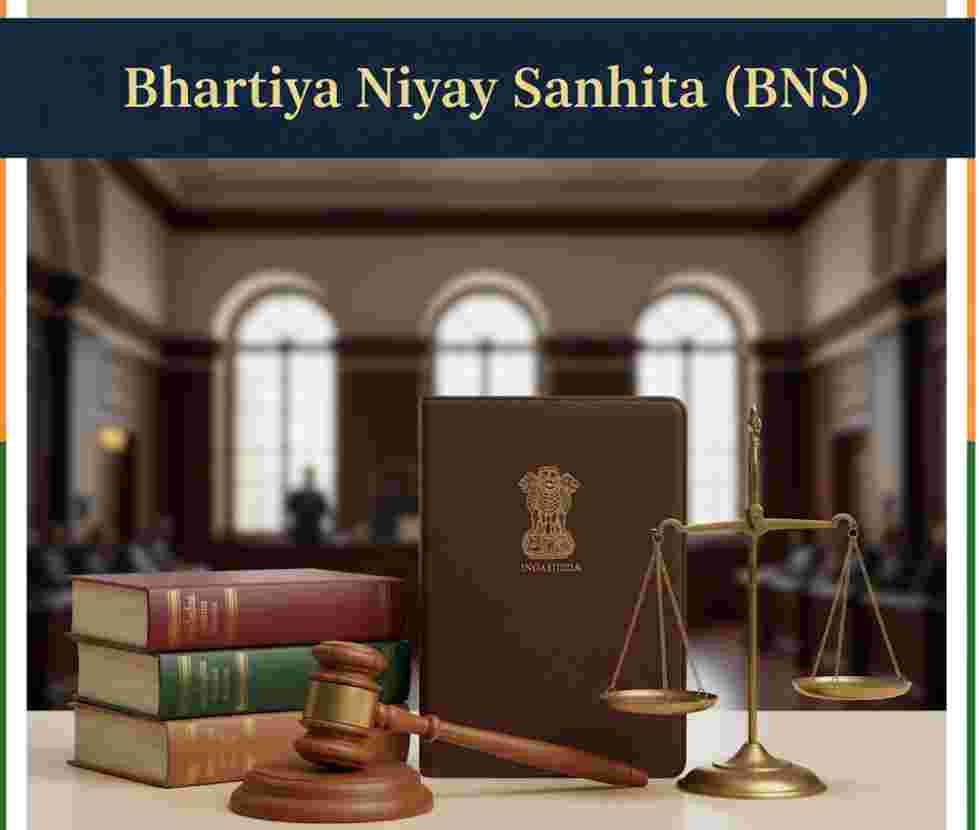
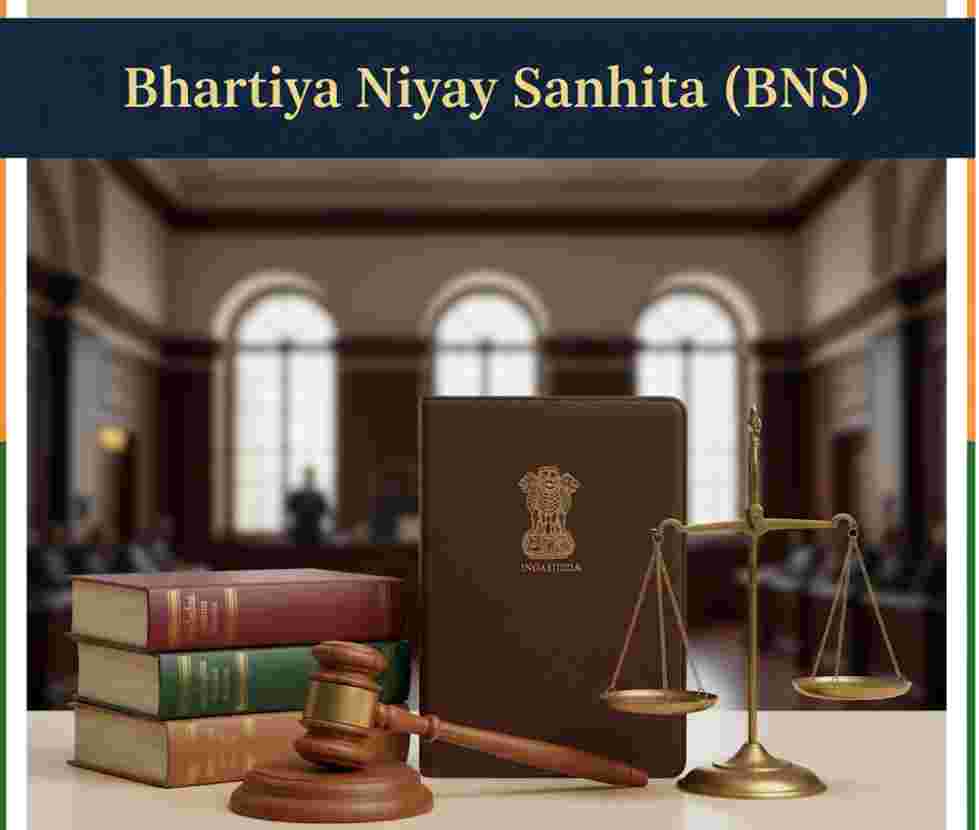
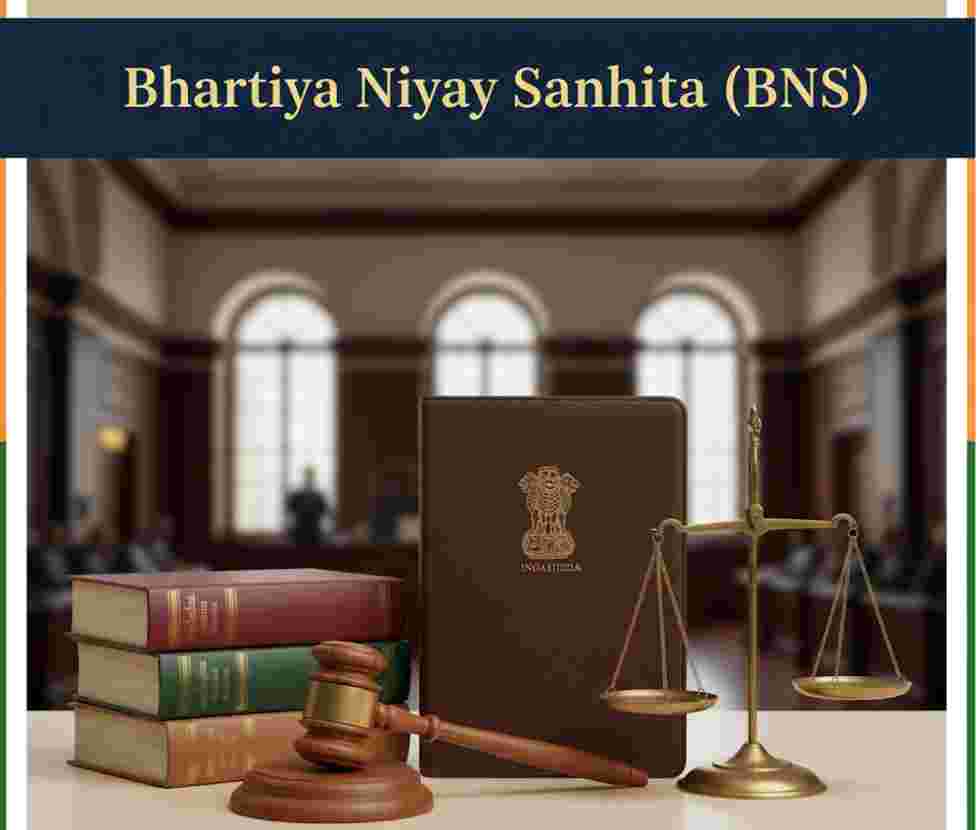


































































































Comment
Nothing for now